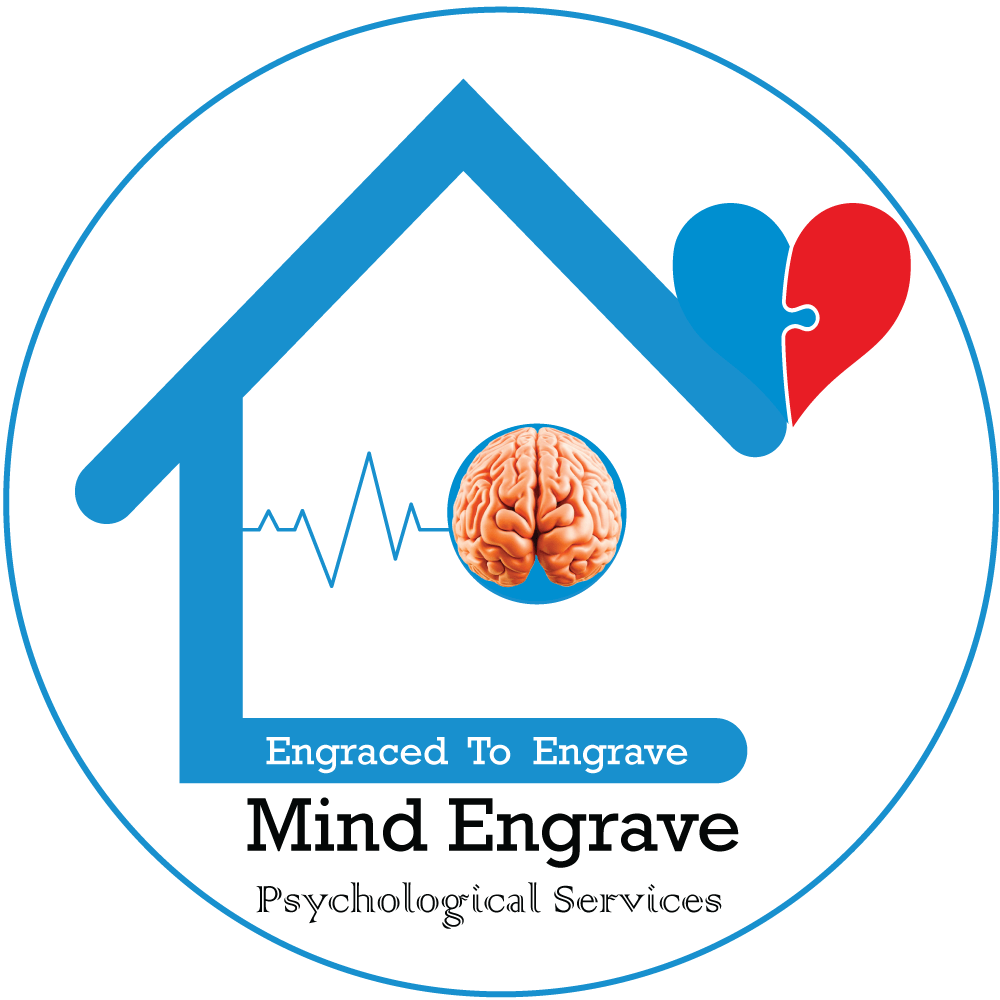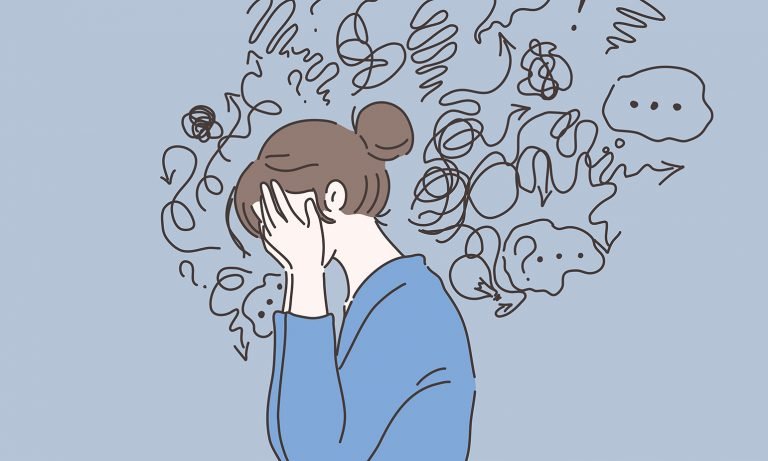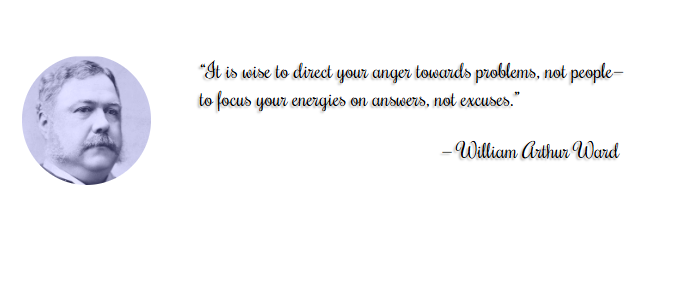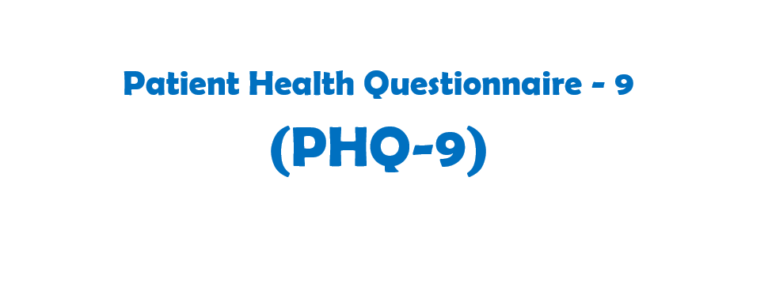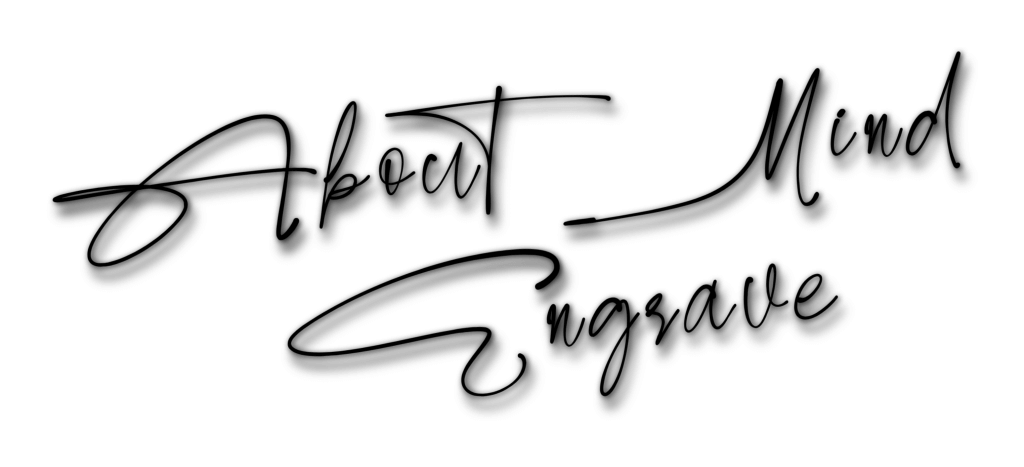Key Signs of Insomnia: How to Spot Sleep Disruptions
Insomnia is a sleep disorder characterized by persistent trouble initiating sleep, maintaining sleep, or achieving restorative rest, despite ample opportunity and a suitable environment, with distress or daytime impairment. Chronic insomnia typically occurs at least three nights per week for three months or longer [1]. Scientific evidence clarifies the key signs that indicate insomnia may be present. Below are ten clearly defined symptoms, each explained based on medical literature and sleep research.
- Difficulty falling asleep (prolonged sleep latency): A common indicator is taking longer than 30 minutes to fall asleep on a regular basis. This is often referred to as long sleep latency, and is a core diagnostic criterion for insomnia disorders [2] [1].
- Frequent awakenings during the night (sleep maintenance disturbance): Waking multiple times and having difficulty returning to sleep marks impaired sleep continuity and is a hallmark sign of insomnia [2] [1].
- Early-morning awakening with inability to return to sleep: Waking earlier than desired and remaining awake for extended periods in the early morning is another key symptom recognized in both DSM‑5 criteria and clinical reviews [2].
- Non-restorative or poor-quality sleep: Individuals may spend sufficient time in bed but still wake feeling unrefreshed. This subjective perception of poor sleep quality is integral to insomnia diagnosis [2] .
- Daytime fatigue or low energy: Persistent tiredness upon waking is a daily consequence of fragmented nighttime sleep. Many studies report chronic fatigue in people with insomnia [2] [3].
- Excessive daytime sleepiness or drowsiness: Although less common in primary insomnia, daytime sleepiness can occur—especially when insomnia coexists with other health issues [2].
- Cognitive impairment (difficulty concentrating, memory problems, slowed thinking): Insomnia is linked with reduced attention, slowed reaction time, memory deficits, and diminished decision-making ability, which negatively affects daily functioning [2] [3] [4].
- Mood disturbances (irritability, anxiety, or depression): Emotional symptoms such as heightened irritability, anxiety, or depressed mood are frequently reported in people with insomnia, and research underscores its role as a risk factor for depression and anxiety disorders [2].
- Decreased performance or more frequent errors or accidents: Chronic insomnia contributes to reduced productivity at work or school and increases error rates or accident risk, including motor vehicle crashes [2].
- Ongoing preoccupation or worry about sleep (sleep-specific anxiety): Persistent concern or anxiety about falling asleep or staying asleep can itself perpetuate insomnia, becoming part of a vicious cycle that maintains sleep disturbance [1] [5].
Together, these ten symptoms reflect both nighttime sleep disruption and daytime consequences, consistent with international definitions of insomnia disorder such as those in DSM‑5, ICD‑11, and ICSD‑3 [2]. In practice, insomnia is diagnosed when one or more of these symptoms occur at least three nights per week over at least three months, with significant distress or impairment, despite adequate sleep opportunity [6].
Epidemiological studies show that around 30 % of adults report one or more insomnia symptoms, while roughly 10 % meet criteria for chronic insomnia when daytime impairment and duration thresholds are applied [1]. Insomnia is more common in women and older adults, and often coexists with medical or psychiatric conditions. In fact, insomnia frequently precedes or predicts development of depression, anxiety, and substance use disorders [6] [7].
Objective tools like the Athens Insomnia Scale and the Pittsburgh Sleep Quality Index offer validated methods to assess symptoms like those listed above in both clinical and community samples [8]. Researchers recommend a combination of patient-reported sleep diaries, standardized questionnaires, and clinical interviews to evaluate the presence and severity of the ten key symptoms.
Understanding these signs empowers individuals and healthcare providers to recognize insomnia early. Prompt identification enables timely interventions—such as cognitive behavioral therapy for insomnia (CBT‑I), sleep hygiene improvements, stress management, or medical evaluation—to prevent escalation into chronic insomnia and mitigate physical, cognitive, and emotional consequences [9].
In conclusion, recognizing the key signs of insomnia—from difficulty initiating and maintaining sleep to daytime fatigue, mood changes, impaired cognition, and anxiety about sleep—is the first step toward effective, evidence‑guided care. If several of these symptoms persist regularly and interfere with daily life, consultation with a qualified health professional is advisable.

Odusanya Adedeji
Odusanya Adedeji A., is a Licensed & Certified Clinical Psychologist whose domain of expertise cuts across management of specific mental health issues such as, Depression, PTSD, Anxiety & Anxiety related disorders, substance use disorder, etc
